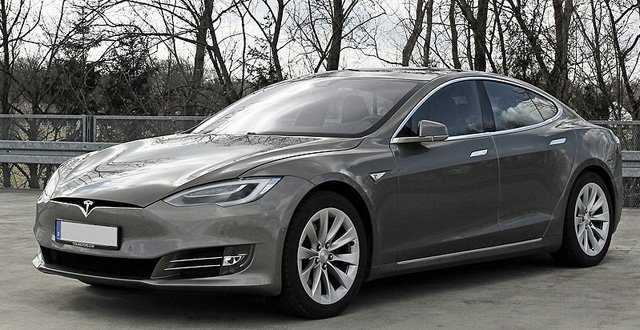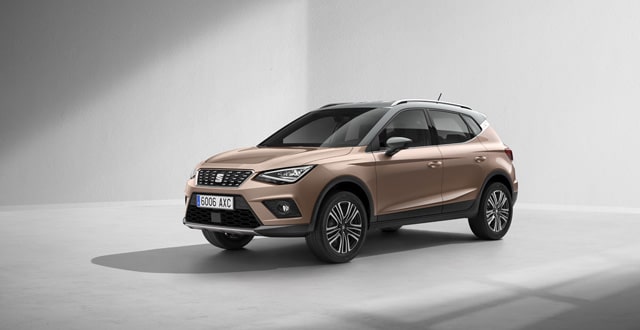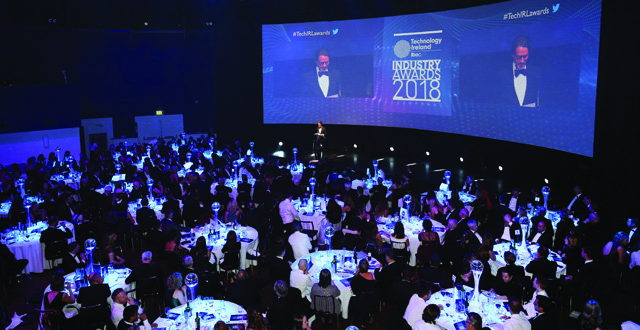It wasn’t until I was asked my opinion of the Tesla that I realised I had never driven an electric car. Now I had read a lot about Mr Tesla, and Elon Musk and felt I was following what was happening in the realm of electric cars. Tesla was the chap who invented, amongst lots of other things, alternating current, making the world as we know it possible. I’m not sure Mr Musk is in the same league, but I like his way of thinking.
It’s easy enough to arrange to test the Tesla. Log on to their website and follow the directions requesting a test drive. I got an email telling me to ring a free phone number and when I did I was asked was I just curious or interested in buying. I said I was curious and they were happy with that.
So one Friday afternoon I turned up in Sandyford at their service centre. On display was the Model S and Model X. Their fourth model (which is actually called the Model 3) is due next year.
Back to the showroom, I admired the Model S. Probably one of the most significant looking cars on the market today, very smooth and aerodynamic. Inside it is spacious and advertised with seating for five adults. The boot is hatchback access with loads of space for a bike or two. There is even a front boot. Doors have pillarless windows. I said to the salesman that any car I have ever had with pillarless windows had given trouble. He asked why and I said in Ireland we have frost and this causes the window to stick, labouring the motor and causing it to burn out. His solution was simple. “Just programme the car to turn on the heating before you get into it and it will warm the windows, then they won’t stick.” Impressive.
Driving does not take place until they have a copy of your licence. Initial driving is by the salesman and it is then you realise how eerily quiet the car is. The car just seems to coast along. There is no engine noise at all. I am afraid pedestrian fatalities will rise with electric cars. As a cyclist I have to watch for pedestrians crossing roads with their ear buds on. They’re easy to avoid as a bike is nimble unlike a two tonne Tesla.
Then the next surprise is the acceleration. Although no limits were broken in the performance of the test, the Tesla gets to them surprisingly quickly. After a few minutes we swapped places. I’m used to one person hopping out, another hopping in. However, in the Tesla some trickery must be performed to drive off lest the driver change is involuntary. You would expect a car in this price bracket to have an automatic gearbox, but the Tesla has no gears at all. Not even like a hair dryer, which might have two speeds, just forward, back (and park). No flappy paddles to manually downshift. All the power is available all the time. Just press the throttle and go. (In order to fully test a car I need to take it home and play with it on some familiar roads. It’s nice to throw it into corners without a salesman [or an owner] present and see what happens. Anyway, that didn’t happen. Yet).
Lifting off the throttle does cause a significant slowdown of the car as the motors become generators to recharge the battery. It is an unusual driving experience yet easy to adapt to. The Toyota Prius drives in a similar manner, using time off the throttle to regenerate the batteries. This has such a brake-saving effect the Prius has a known problem of brake calipers seizing.
I am told the Model S has a range of about 220 miles, and 310 miles with the more expensive larger battery. (Range is variable according to ambient temperature and driven speed. There is a calculator online (www.tesla.com/en_IE/models.)
The entire battery is the floor of the car giving it a very low centre of gravity. Apparently it can be removed in about 90 seconds. Removal isn’t the problem, but paying for the new one might be. I think the cost of replacement runs into five figures, but there is an eight-year warranty on the battery so no one really knows the true cost of replacement. The salesman was telling me they expect Tesla batteries to last about 20 years, but as there are no 20-year-old Teslas about yet, this is guesswork.
The current Model S comes with an all-wheel drive, the early models being rear-wheel drive only. They also start with 380bhp approximately. This is Mercedes E43 territory. They also come with full internet connectivity and 4G roaming. They have Google maps as navigation and another navigation system as backup in case there is no Internet when you’re travelling. You need to know where your charging points are because they are not as plentiful as petrol stations.
With superchargers (480 volt) the Tesla can get a 50 per cent charge in 20 minutes and 80 per cent in 40 minutes. When you buy a Tesla you get a 7kW home charger, which will charge it overnight fully.
Now if you happen to go to your friend Mike in Donegal or Gary in Kerry and use their 240 volt home supply with a cable you get about 10kms top-up per hour. With a little planning you will be able to visit superchargers as part of your journey.
Presently public charging is free, just because the national networks have not got around to charging people just yet. However, at home it comes off your electricity bill. I don’t know the full costs, but I’m told the cost per mile is about half that of diesel. In the USA the Model S is reputed to have the equivalent of 100mpg, but their fuel is about one-third the cost of ours. So if you’re visiting friends in Kerry or Donegal and manage to access their home chargers, they will sponsor your fill. On the ESB website they tell me that with night saver plans it would cost about €2-3 to fully charge the car overnight.
Now I’m a petrolhead at heart and I visited Tesla out of curiosity, but after the second set of traffic lights and watching how the car can park itself, even coming out of a space to meet you using your phone app, I went home to look at ads for secondhand ones. €90,000 is a lot for the car, with extra for leather and electric sunroof. Running costs will be a fraction of an equivalent petrol or diesel car. Not a lot of people paying 90k for a car are worried about running costs, although those in the second-hand market invariably are. This should help resale value.
Range anxiety will be an issue, and forward planning will be required to overcome this. With current tax incentives on offer, this segment of the market will increase in size in the near future.
Currently, if you’re paying corporation tax, you can have 100 per cent tax write-off in year one, or zero business-in-kind tax for commercial travellers.
Watch this space. The Model 3 should be in Ireland next year. That will be a cracker.









So there’s a Model S, a Model X, a Model 3, and a proposed Model Y. And what does that collection of letters make????